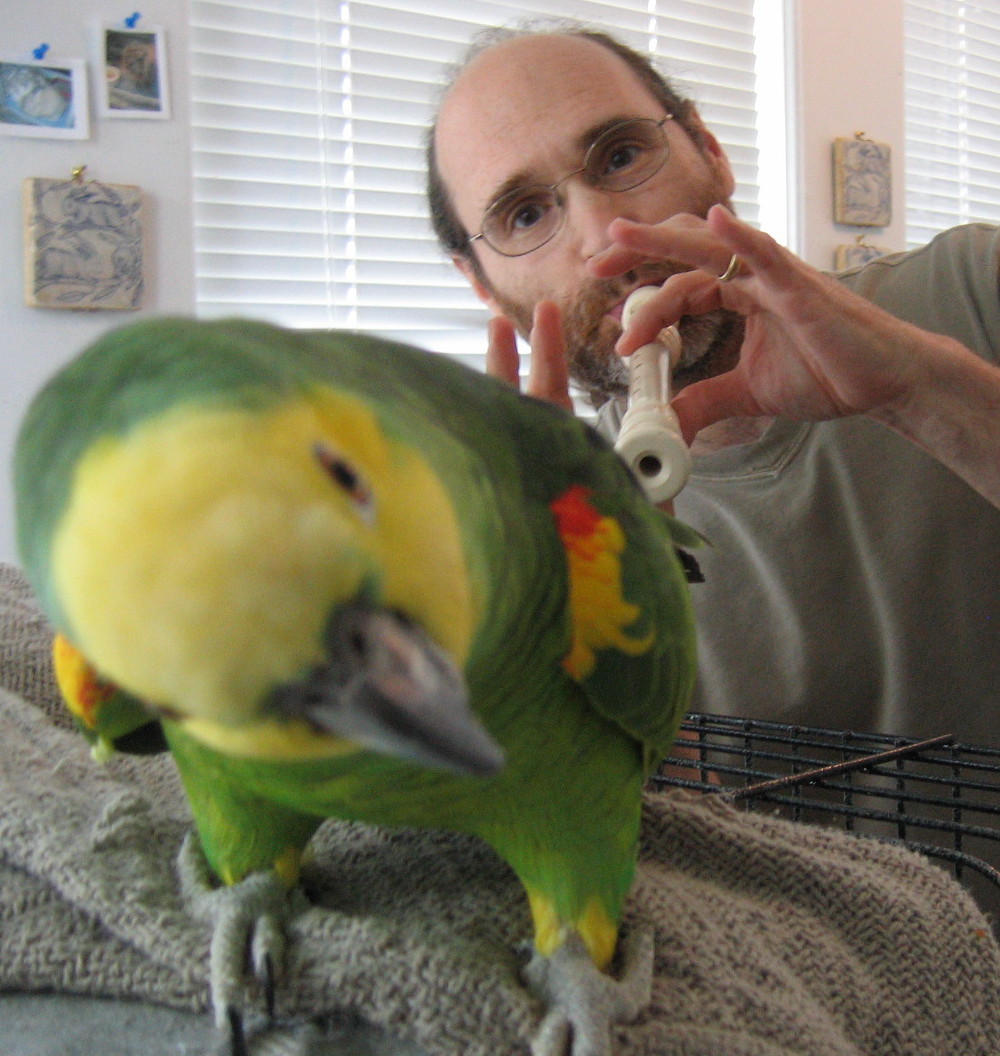Hi everyone!
FBSMC11 is well on its way! One of the themes that is emerging from the videos so far is how everything is so integrated.
In
video 2, I'm talking about making the most of your
T.E.A. time. No, not the nice relaxing time they enjoy mid afternoon in Great Britain, but how you are spending your
time,
energy and
awareness in your practice sessions. When we spend time practicing we are also using energy. When we put our awareness (attention) on something, it takes time and uses energy. This can lead to some very fascinating contemplations! Think about it: time is a specific amount of space, energy is fuel that is needed for awareness, awareness is consciousness even though we can be conscious but not aware! Beware!, meaning
be aware that you are 'in' when you are engaged in practicing (and other activities), so you are not just unconsciously acting out of habit when you don't want to be.
Some suggestions to help this along:
1. Practice in shorter time periods paying attention to what you are doing
2. Know what you are trying to get accomplished
3. Ask yourself questions like, "Is this closer or further from what I want?' "Do I even know what I am looking for?"
4. When you feel yourself not 'in'(meaning with what you are doing), STOP and collect yourself in a calm matter.
Try this method:
1. Set an alarm for 10 minutes
2. Focus on an aspect of playing
3. Stop each time you are unsatisfied with it.
4. End the session when the timer goes off.
5. Rest for 5-6 minutes then start the session again.
NOTE: During the rest sessions, walk in place taking breaths through the nose or mouth for 5 counts in and then 5 counts out. Think thoughts that inspire you and give you energy and enthusiastically remind yourself why you are doing what you are doing.
Video 2 link https://youtu.be/_VCa3CxDyVw
The above exercises also go well with Video 3 which is called Practice Time. This video takes the concepts of T.E.A. time and applies it to our individual practice sessions. Video 3 emphasizes the need to prepare ourselves for more productive engagements in our practice sessions and gives some ways and means to hep this come about. Tuning to the task at hand is a surely a way to have more awareness and energy to make the most out of our time.
Video 3 link https://youtu.be/bvUCX6_Ixqw
Videos 4 and 5 focus on the tripod of music's physical body rhythm, pitch and timbre. Video 4 centers around tone (timbre) and video 5 focuses on rhythm. But!! In video 5 something amazing happens when I realize that if we are working on rhythm playing our horn, how can I ignore or not think about articulation? Rhythm speaks of clarity and specificity and so does articulation and of course pitch does too! So feeling the interrelatedness of all these things triggered an explosion of awareness in seeing everything as one thing and the value of a concept being a compact unified idea made up of many working parts. All the parts come into service and under the banner of the whole. So, within the one (concept in this case), lies the many. The other videos 6 and 7 will dig into this in more detail with more practical exercises!
Video 4 link https://youtu.be/2KWdtv5sfuw
Video 5 link https://youtu.be/XOHWqVQSXKI
